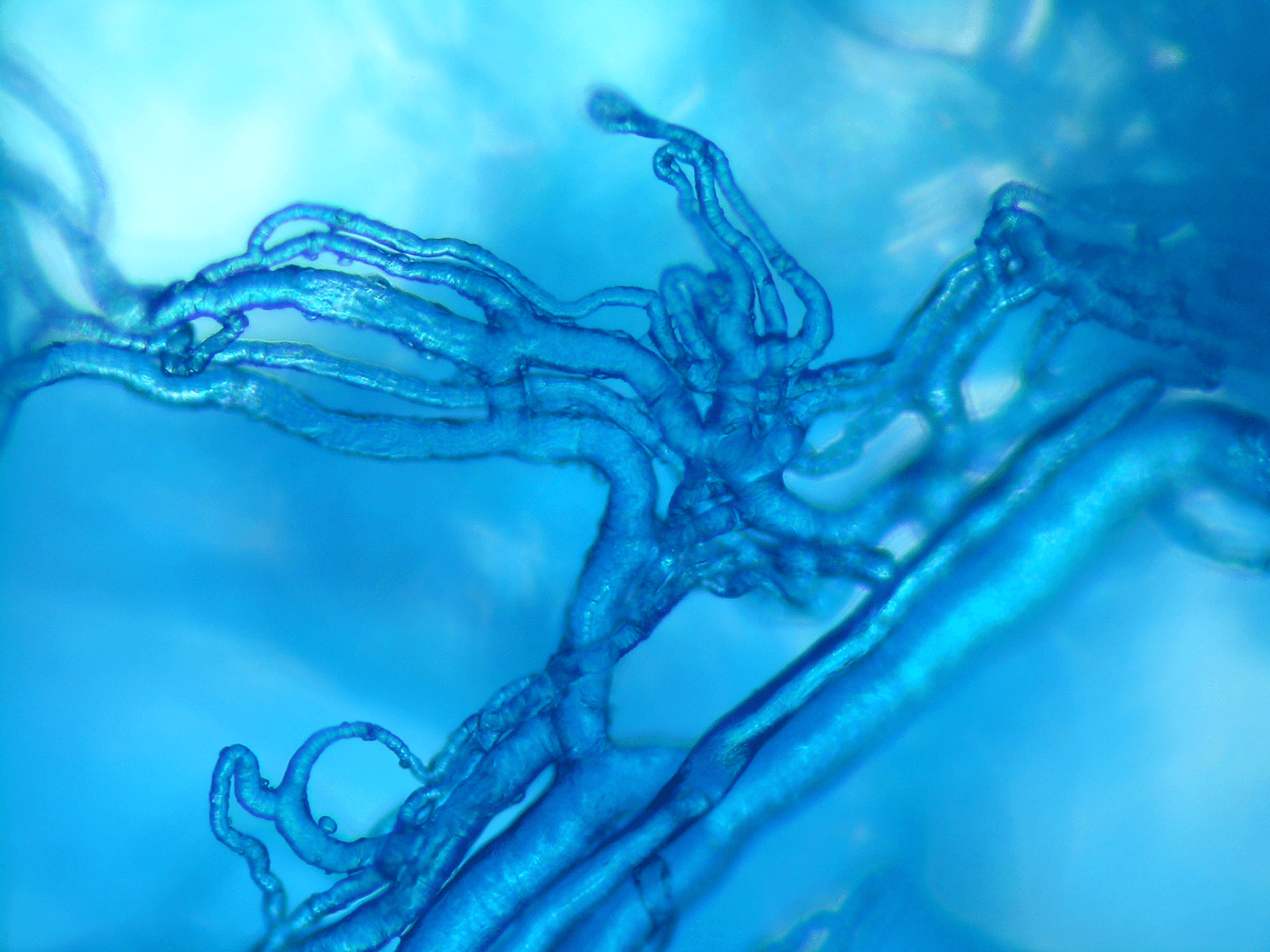Amniotic fluid is what surrounds a baby in the womb. It plays an important role in keeping the baby alive and healthy by performing a number of functions. These include cushioning the baby, maintaining a steady temperature, and helping the baby’s lungs, digestive system, muscles, and bones develop. It also protects the umbilical cord from being squeezed.
The amniotic fluid is also useful because it can provide stem cells that can differentiate into many different types of cells. Amniotic fluid is usually thrown away after being drawn for standard tests in pregnant women. Scientists from Rice University and Texas Children’s Research Hospital, however, are currently studying amniotic stem cells’ ability to turn into the endothelial cells that line the circulatory system and help form blood vessels in order to help infants with congenital heart defects. Nearly one in every hundred infants is born with a heart defect, and congenital heart defects are the leading cause of infant deaths in the United States. These ailments commonly arise from developmental issues in the heart or in blood vessels present at birth.
Image Source: Andrew Brookes
In an effort to explore potential treatments for these infants, the researchers combined amniotic stem cells with injectable hydrogels to create a laboratory grown tissue patch that is completely vascularized, meaning that it has fully developed blood vessels. The hydrogel acts as a scaffold and provides support for cells to grow into three-dimensional tissues. They used vascular endothelial growth factor to have the stem cells develop into endothelial cells. The goal of the researchers was to construct blood vessels in order to increase blood flow.
Immunodeficient mice were used to test the effectiveness of the stem cells. Mice that were injected only with hydrogels, as a control, developed thin fibril structures while mice injected with the amniotic cells and hydrogels developed a much stronger vasculature. This indicates that the amniotic stem cells succeeded in improving blood vessel development Further research in this area could lead to the development of biocompatible tissue patches that can be safely implanted in infants with congenital heart defects to repair their damaged tissues.
Feature Image Source: University of Exeter










